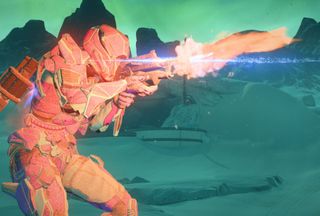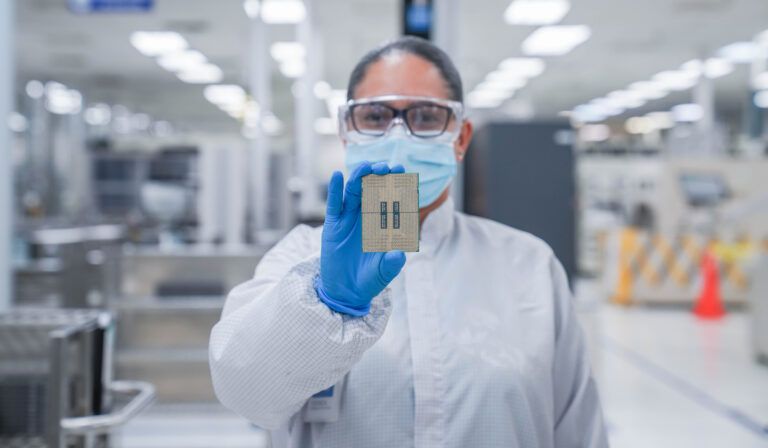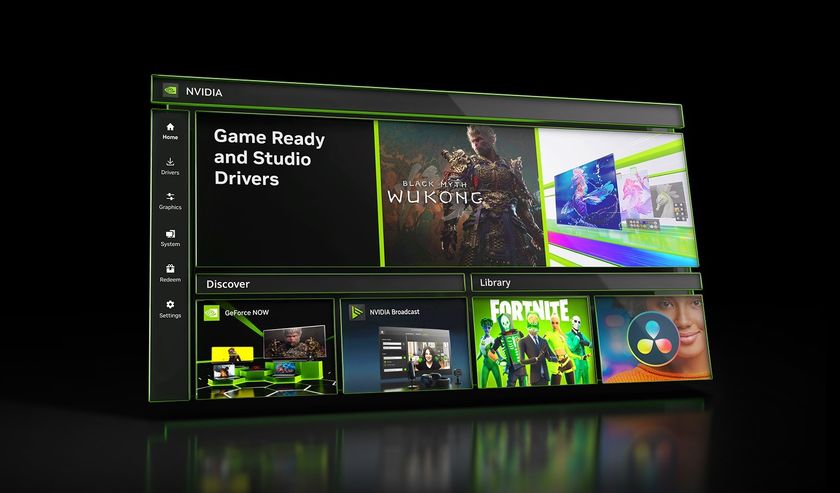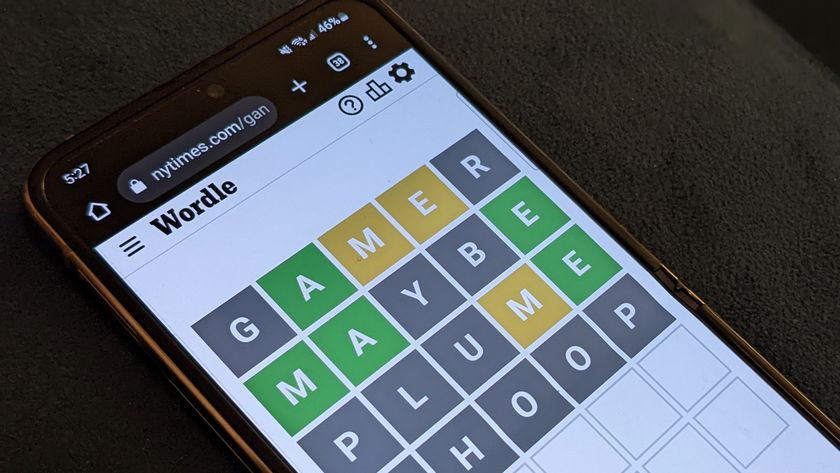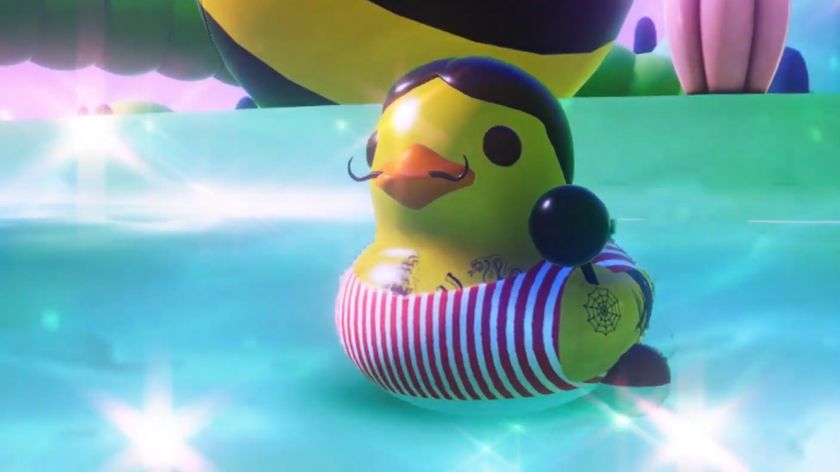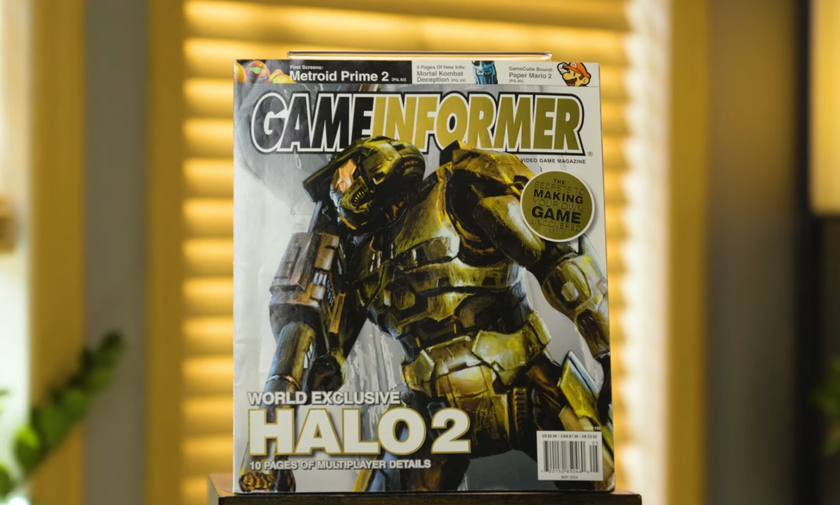Ex-BioWare animator responds to Mass Effect: Andromeda's animation woes
Mass Effect 1's lead animator and other animation professionals add context to the criticism.
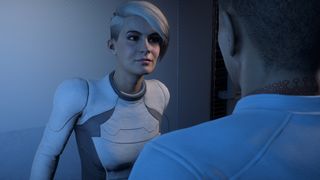
Since the first gameplay trailers, Mass Effect: Andromeda's facial animations have been an easy target for criticism. The worst examples, in which characters appear dead in the eyes or move their lips incongruously, have been packaged into short clips and run through the internet's many gauntlets of disparagement. Some of that criticism has been fair, as there are clearly unflattering moments in Andromeda. Imperfect lip sync isn't an excuse for a mob to harass a BioWare employee.
Over the past few days, various game animators have pitched in their experiences with major animation projects to lend perspective to the criticism, explaining how animation is done at Andromeda's scale, who does it, and why comparisons to other games are often bunk. Animators, according to animators, are hardly the final step in the RPG animation process.
On Twitter, former BioWare and current Naughty Dog animator Jonathan Cooper offered his perspective. "The audience has grown more discerning, which makes our job more difficult but furthers animation quality (and animators) as a requirement," he wrote, after denouncing attacks on individuals and explaining that large-scale RPG animation is incomparable to the "highly controlled" cutscenes of linear games like Uncharted.
That said, animating an RPG is a really, really big undertaking - completely different from a game like Uncharted so comparisons are unfair.March 23, 2017
Cooper describes how RPG designers, not necessarily 'animators,' can work like DJs, mixing pre-made animations to complete important scenes, and letting algorithms take care of scenes that are less-likely to be seen—at least unless there's time to touch them up. According to his theory, BioWare "underestimated" the time required to hand-design every dialogue sequence, leaving some at a low, algorithmic level of quality.
While he sounds sympathetic to the challenge and time constraints faced by his former studio, Cooper suggests an alternative, citing Horizon: Zero Dawn as an example. "Were I to design a conversation system now," he wrote, "I'd push for a workflow based on fast and accessible face & body capture rather than algorithms."
"The one positive to come out of all this is that AAA story-heavy games can't skimp on the animation quality with a systemic approach alone."
While it hasn't 100% proved this method, Horizon Zero Dawn's better scenes succeed due to a use of facial mocap.March 23, 2017
BioWare has not detailed every aspect of its animation process for Andromeda, so Cooper's analysis shouldn't be taken as fact, though his insight is credible given that he worked as a lead animator on Mass Effect 1 and Mass Effect 2. I do wonder if face and body capture really fell within the budgetary and time restrictions of Andromeda's developers given the weight of the script.
The biggest gaming news, reviews and hardware deals
Keep up to date with the most important stories and the best deals, as picked by the PC Gamer team.
Meanwhile, over at animation-dedicated site Anim State, three professional game animators came together to chat about their experiences as they relate to Andromeda, adding another layer of insight to the conversation.
"I've had experience in much smaller scope systems, and even those were a nightmare of organization and best-guesses," wrote former Volition, now First Strike Games animator Tim Borelli. "Instead of creating custom animations per line of dialogue and acting choice of the VO talent, you are likely creating phoneme shapes (Aa, Eee, Oh, Mmm, etc), emotion shapes (angry, sad, happy, etc) for upper and lower face sections, body language animations (happy, frustrated, sad, excited, etc) at various intensity levels (VERY angry, kind of angry, about-to-boil-over angry, etc)."
I thought it was funny that people are piling on animators for these glitches, when in reality the animators are probably blameless.
Gwen Frey
Borelli goes on to explain that many other systems interact with the animations: where the head is pointing, where the eyes are looking, and where the feet are planted, for instance. It's clear from every artist's take that the word 'animation' in a game like Andromeda should not be thought of as someone sitting in front of a character model making it move.
"I thought it was funny that people are piling on animators for these glitches, when in reality the animators are probably blameless," said Gwen Frey, who animated The Flame in the Flood and worked on BioShock Infinite. "On a AAA project of this scope most of the smaller cut scenes are never seen by the animators. Instead you create a system for designers to use and trust the designers to script everything properly."
I highly recommend reading Jonathan Cooper's full thread as well as the roundtable at Anim State for a better understanding of what it is we're criticizing when an eyeball goes astray or a character spontaneously begins crabwalking.
Perhaps eventually we'll get a proper postmortem from those with intimate knowledge of Mass Effect: Andromeda's development. In the meantime, the common thread connecting these animators' experiences is that 'animation' can describe a wide range of disciplines and procedural systems. Furthermore, there's no basis on which to compare Andromeda's animation to performance captured or otherwise highly-authored cutscenes—they're different problems with different solutions.

Tyler grew up in Silicon Valley during the '80s and '90s, playing games like Zork and Arkanoid on early PCs. He was later captivated by Myst, SimCity, Civilization, Command & Conquer, all the shooters they call "boomer shooters" now, and PS1 classic Bushido Blade (that's right: he had Bleem!). Tyler joined PC Gamer in 2011, and today he's focused on the site's news coverage. His hobbies include amateur boxing and adding to his 1,200-plus hours in Rocket League.
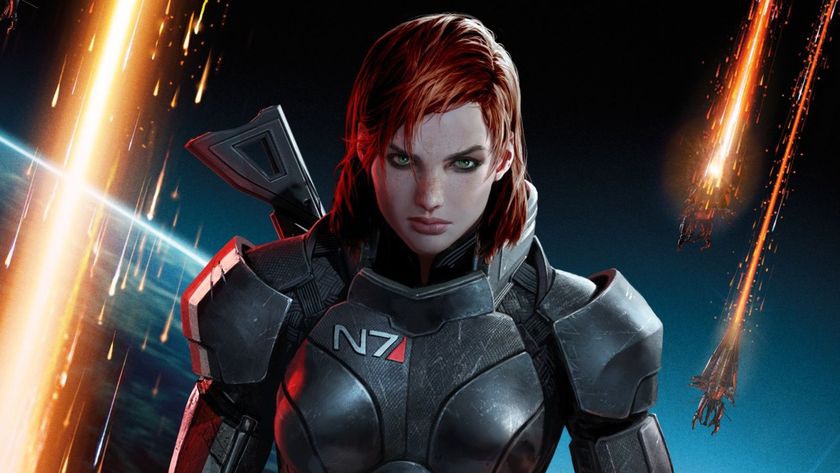
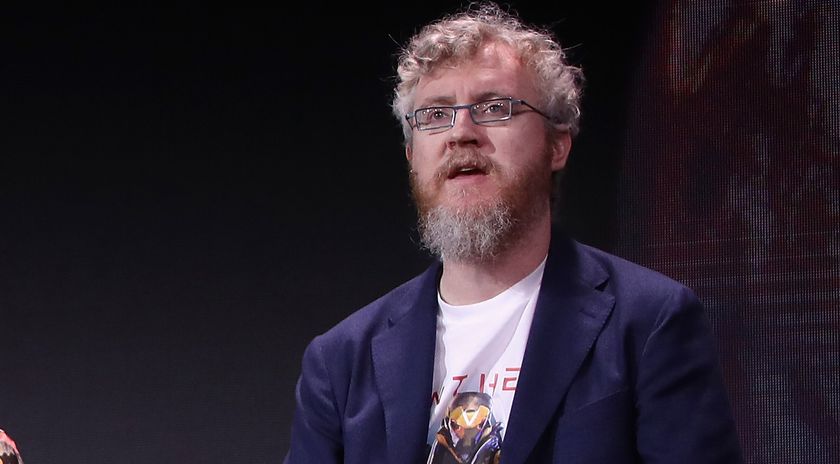
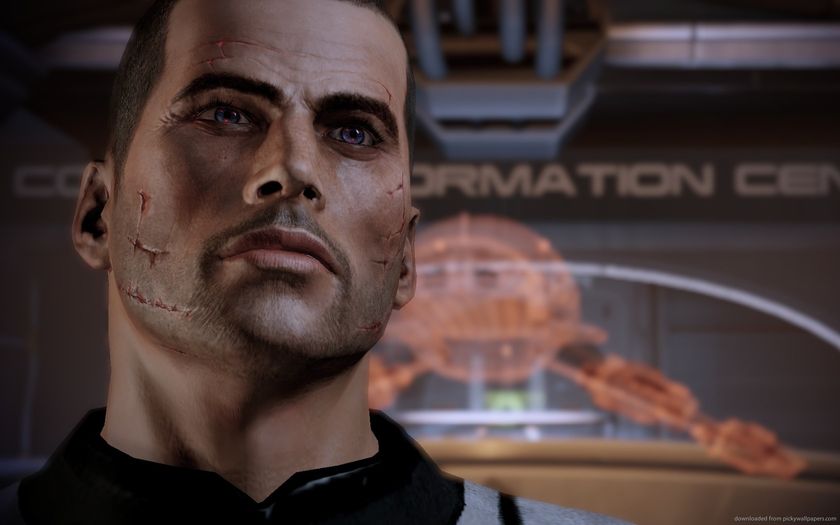
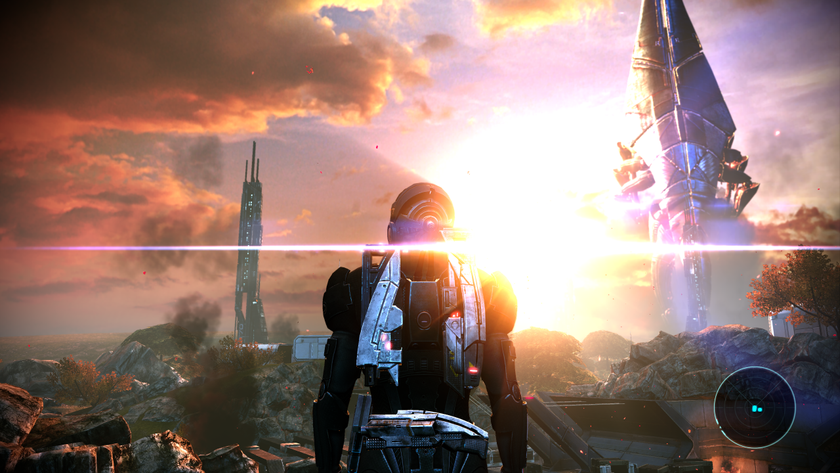
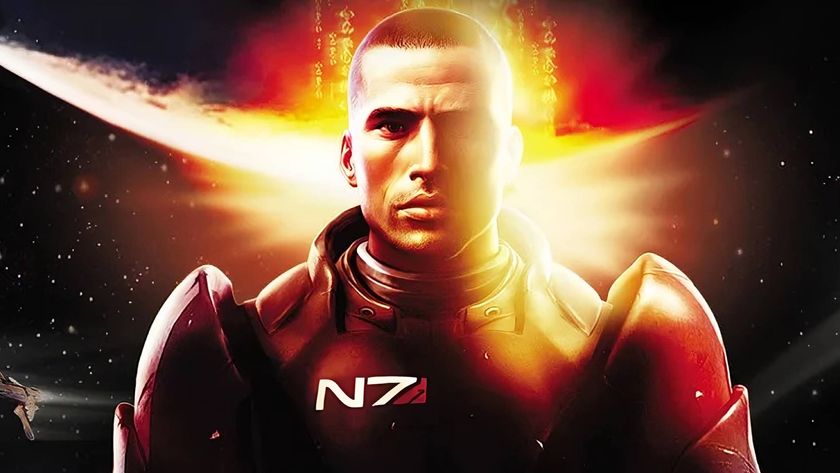
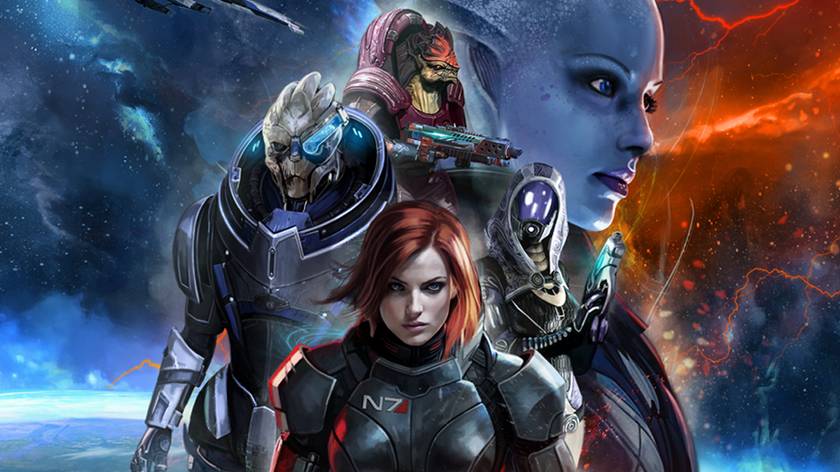
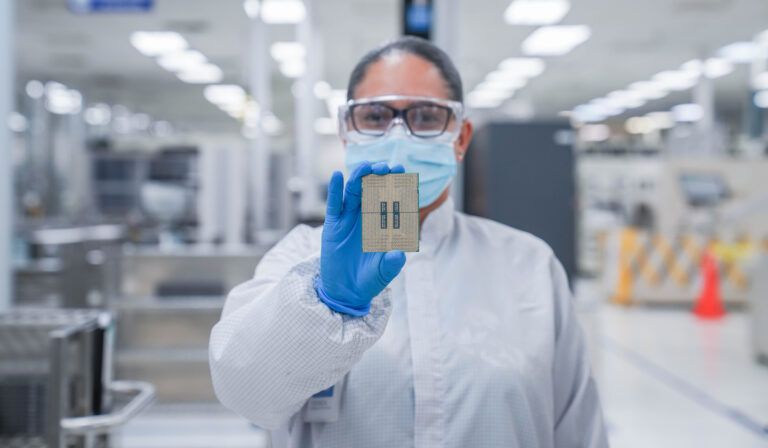

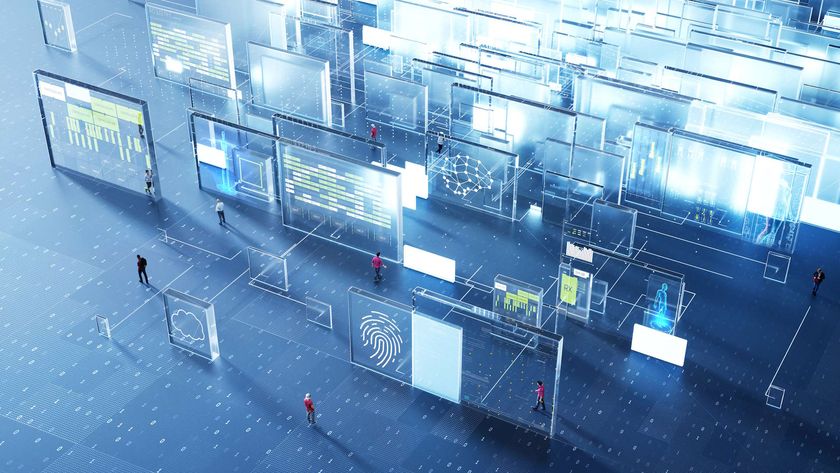
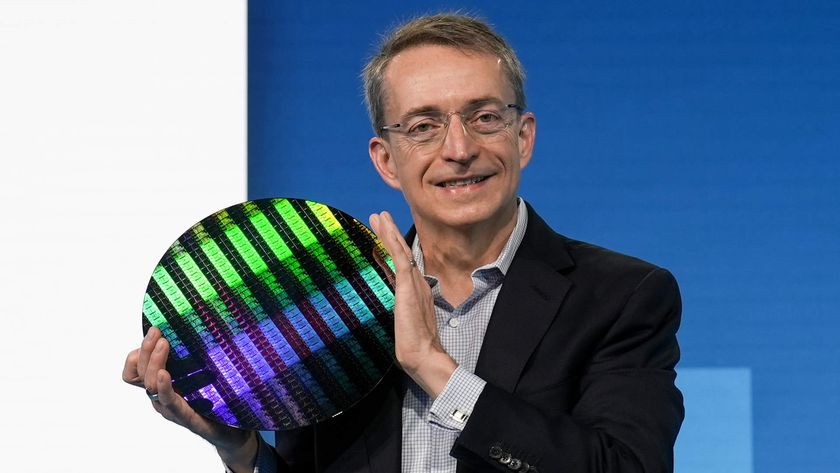
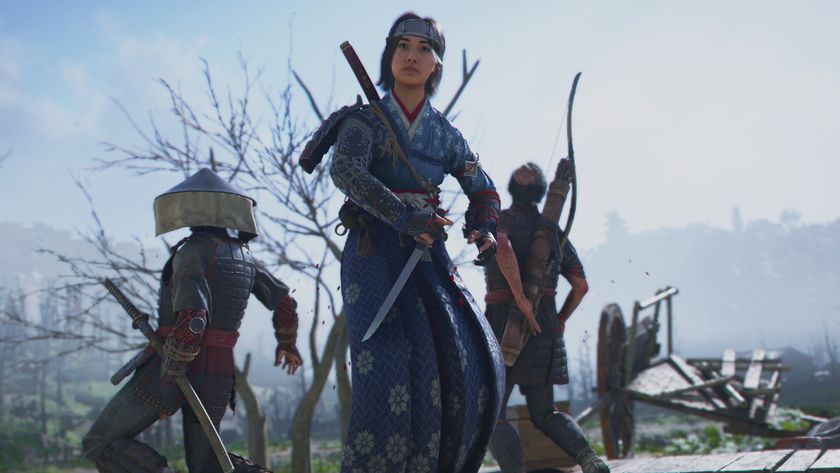
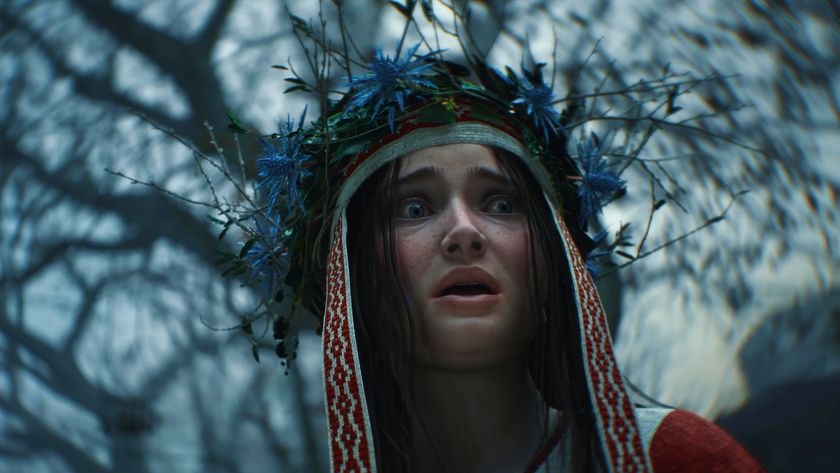

Mass Effect's Jennifer Hale, who played femshep, 'saw no line' before she recorded them for Bioware's flagship trilogy: 'It was all cold reading on the spot'

BioWare veteran calls out the 'cruelty' of fans celebrating layoffs: 'You are crossing a line, and you're probably attacking the wrong person anyway'
